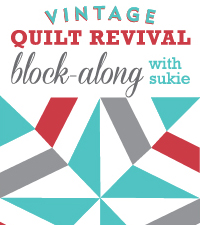I’m still doing the matchstick quilting on the
Russian Rubix throw sized quilt. I can see the end in sight, and I’m loving the texture this intense stitching brings to the quilt.

I finished the piecing on a scrap quilt. It’s up on my design wall for awhile to allow me to think about how I will quilt it. It is made from 2 1/2” squares from my scrap bin. I think I have enough to make three quilts…but more on that later.

And here’s a quilt I’m quilting for a friend in Florida. She made the beautiful top, and I get to do the quilting and finishing.

I had to do some testing to find the right thread, needle and tension combinations. Doing free motion stitching on batiks is often a challenge because the fabric is very tightly woven.

The best part about my new studio arrangement is that I can have two machines set up at the same time. Sometimes I piece, sometimes I do free motion and sometimes I quilt using a walking foot. I have learned that I cannot do one type of stitching for very long without injury, so it is wonderful to be able to switch between projects without having to change machine set up.
later















